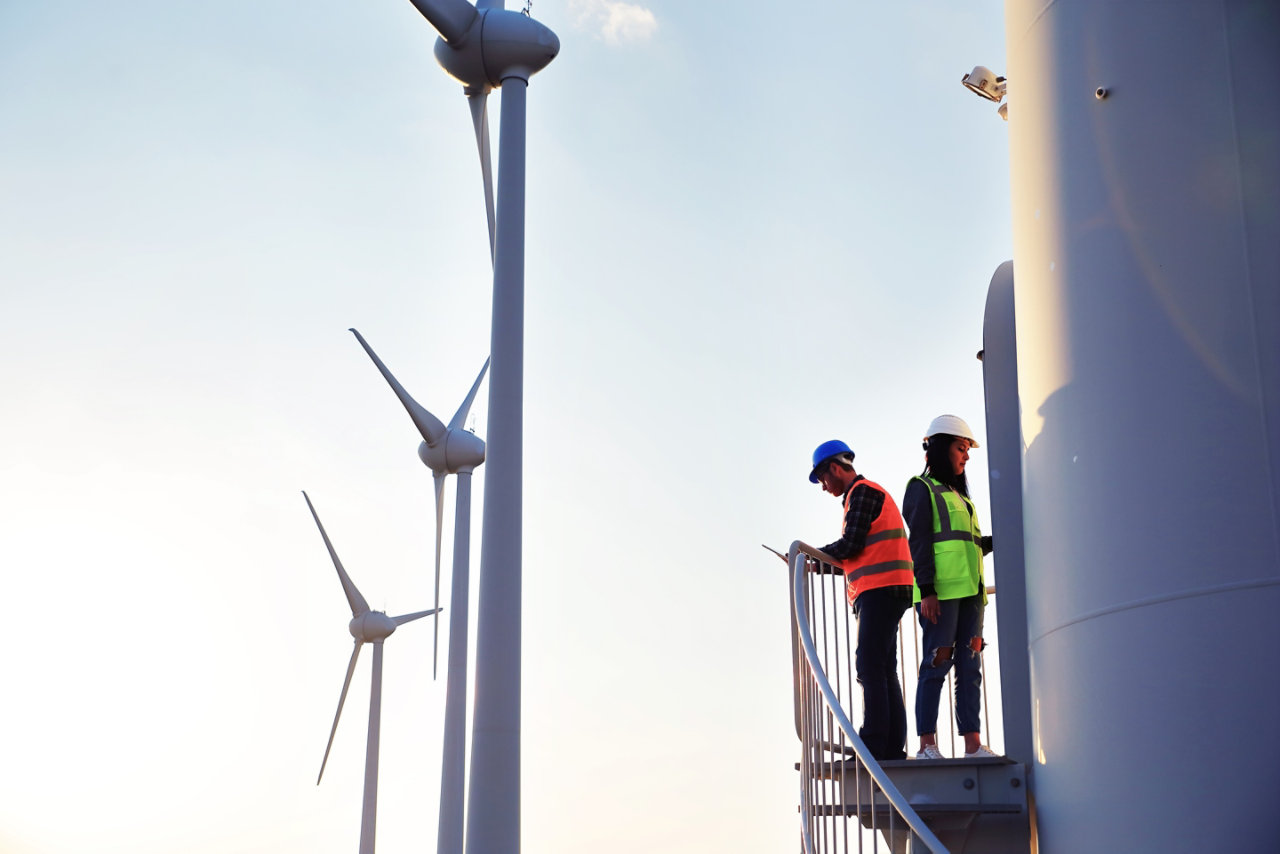Becoming a digital-first business is now imperative, but this is happening in an environment where sustainability is increasingly essential. At first glance, these two objectives appear to conflict. On the one hand, digitalisation requires the freedom to adopt energy-hungry solutions and new technologies, such as GenAI, that may further increase energy use. On the other hand, organisations are pushing towards decarbonisation.
However, organisations can reconcile these objectives by adopting a strategy that centres around embedding sustainability by design across the IT domain. New IDC research sheds valuable insight on how to achieve this. If organisations get it right, this route delivers the freedom to adopt digital technologies such as connected IoT, 5G, edge computing, cloud-based solutions and AI - but in carbon-conscious ways.
An essential part of this means that IT teams must also enable the broader organisation to deploy connectivity, security and software solutions to achieve sustainability goals. Their capabilities in data management and data flows, as well as in designing networks, are fundamental to noticeable achievements. These capabilities can include optimising energy use in buildings and their fleets or integrating ESG reporting capabilities.
Dominant challenges for IT in embedding sustainability
The first issue is getting key stakeholders to buy into the concept of digitalisation in a sustainable context. This takes more than agreement from the C-suite; it often requires broad shifts in approach and winning over hearts and minds.
However, the second – and even more critical - issue is that procurement teams lack accurate information on prospective ICT solutions' precise carbon impacts or suppliers’ true capabilities to support the organisation’s carbon reduction ambitions. The absence of reliable data to measure, monitor, and optimise energy and carbon across networks, data centres and endpoint devices is holding them back.
The drive for a clear assessment of IT carbon emissions
Increasingly, organisations are turning to solutions that can measure, monitor and report on carbon emissions in formats that meet disclosure requirements and help drive action.
The use of tools to measure, monitor and report carbon emissions is growing. Broader research by IDC revealed that 53% of companies are using carbon management software to cut emissions across their IT networks, data centres and endpoint devices.
Measuring and monitoring Scope 3 emissions is particularly important because reducing these emissions will significantly impact an organisation’s carbon footprint. IDC’s research shows that, on average, Scope 3 emissions account for over 70% of an organisation’s total carbon footprint, yet only 16% of companies measure them.
This non-measurement is often due to the complexity of this measurement operation. Scope 3 emissions include all carbon generated by the organisation’s wider supply chain, both upstream and downstream, regardless of which IT vendor or partner generates them. However, these emissions are largely beyond the organisation’s immediate control, and where emissions information is available, it’s laborious to collect and collate the data from each supplier.
The big carbon calculation ask
Organisations want to measure their carbon emissions comprehensively and are looking for low-effort, straightforward ways to do this. They want simple, robust, and transparent ways to demonstrate their carbon reduction achievements because they understand the importance of proving their compliance with regulations and environmental, social and governance (ESG) responsibilities.
Unfortunately, the tools to achieve this are few and far between.
Choose the right partner to drive your net zero and business success
Partnering with the right ICT supplier is central to achieving accurate carbon calculations and low-carbon networking. Look for a sustainability partner with a solid reputation for reducing carbon in their business. In particular, look for deep knowledge and experience in ESG regulations and standards, low-carbon best practices, and your industry's specific requirements. Crucially, make sure they align with your values and sustainability goals.
Our credentials to be your partner of choice
At BT, we don’t just talk the sustainability talk; we walk the sustainability walk. We’ve been committed to change since setting our first carbon reduction target in 1992. Since 2016/17, we’ve reduced the carbon emission intensity of our operations by 57% and have reduced carbon emissions by 19% in our supply chain.
Through experience, we understand what organisations need to enable digitalisation sustainably, and we recognise the importance of being able to track and prove this. Our low-carbon networking proposition includes two tools especially relevant to this track-and-prove requirement.
Our Digital Carbon Calculator is packed with valuable capabilities. You can upload your IT inventory and see your estimated carbon footprint for most vendors. You can then view your carbon footprint by region, country and device category. Plus, you can track changes in emissions by updating your inventory and simulating transformation with targeted inventory details.
Our Carbon Network Dashboard, leveraging real-time data, offers a comprehensive overview of your carbon emissions. It’s a powerful tool that monitors and measures power consumption and carbon emissions across your IT network, servers and data centre devices, identifying anomalies and highlighting opportunities for optimisation. Additionally, the dashboard tracks application bandwidth consumption and the associated emissions, offering a comprehensive view of your network’s environmental impact. By gathering real-time data through multiple methods, the dashboard helps you accurately measure and reduce your carbon footprint while prioritising replacing carbon-intensive devices.
Our low-carbon networking proposition can also include our network design and refresh services and our hardware recycling services.


